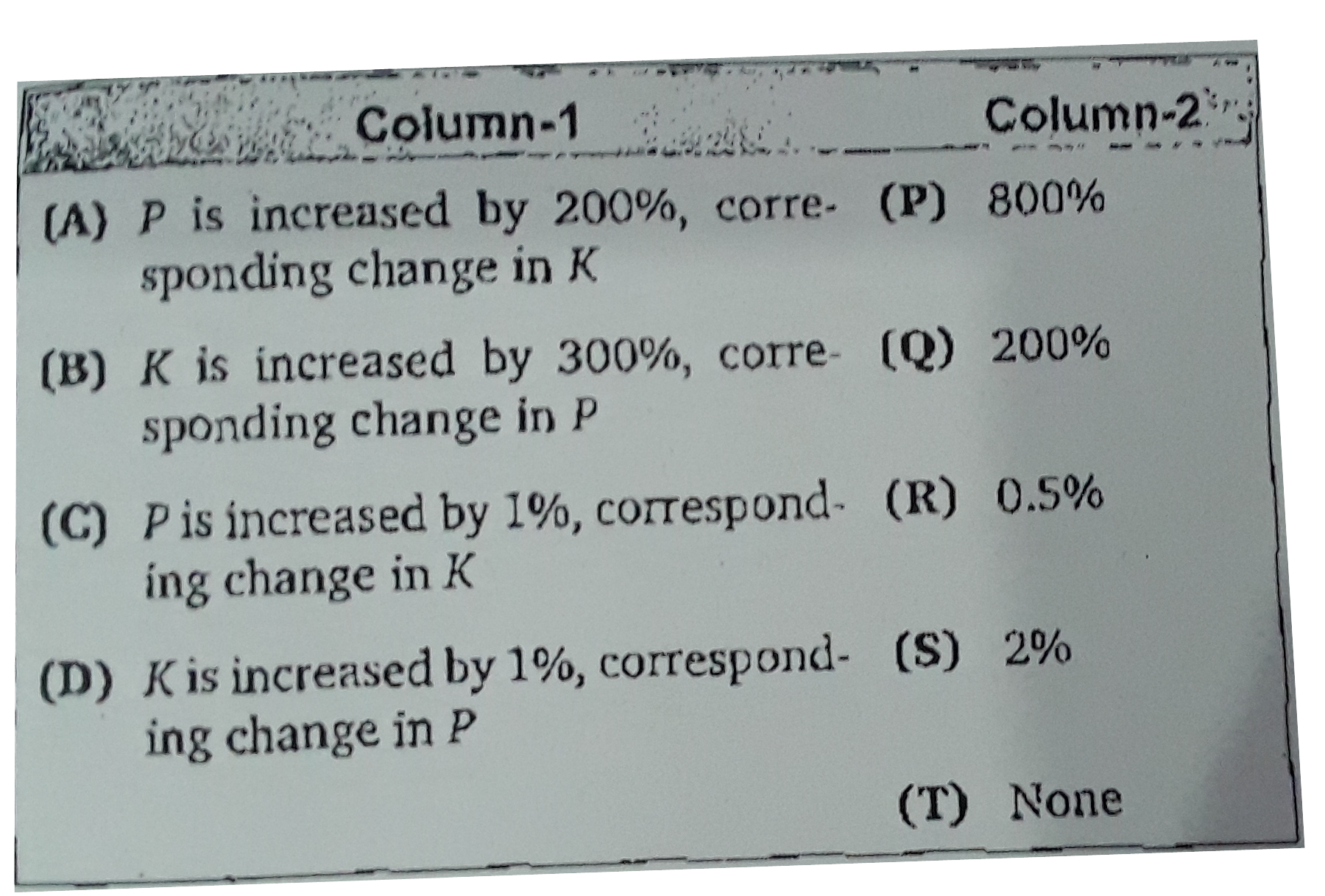Show that the angular wave number k for a nonrelativistic free particle of mass m can be written as
k=2π√2mkh
in which K is the particle's kinetic energy.
To show that the angular wave number k for a non-relativistic free particle of mass m can be expressed as
k=2π√2mKh
where K is the particle's kinetic energy, we will follow these steps:
Step 1: Understand the relationship between momentum and wave number
The momentum p of a particle is related to its wavelength λ by the de Broglie relation:
p=hλ
The wave number k is defined as the reciprocal of the wavelength:
k=1λ
Step 2: Relate momentum to wave number
From the de Broglie relation, we can express momentum in terms of wave number:
p=hk
Step 3: Express kinetic energy in terms of momentum
For a non-relativistic particle, the kinetic energy K is given by:
K=p22m
Step 4: Substitute the expression for momentum into the kinetic energy equation
Substituting p=hk into the kinetic energy equation gives:
K=(hk)22m
Step 5: Rearrange to find k
Now, we can solve for k:
K=h2k22m
Multiplying both sides by 2mh2:
2mKh2=k2
Taking the square root of both sides:
k=√2mKh2
Step 6: Express k in terms of angular wave number
The angular wave number k can also be expressed as:
k=2πλ
Since we have k=√2mKh2, we can multiply both sides by 2πh:
k=2π√2mKh
Final Result
Thus, we have shown that:
k=2π√2mKh
The momentum p of a particle is related to its wavelength λ by the de Broglie relation:
From the de Broglie relation, we can express momentum in terms of wave number:
For a non-relativistic particle, the kinetic energy K is given by:
Substituting p=hk into the kinetic energy equation gives:
Now, we can solve for k:
The angular wave number k can also be expressed as:
Thus, we have shown that:
Topper's Solved these Questions
- PHOTONS AND MATTER WAVESBOOK - RESNICK AND HALLIDAYCHAPTER - PHOTONS AND MATTER WAVESEXERCISE - PRACTICE QUESTIONS (Single Correct Choice Type)
47 Videos
- PHOTONS AND MATTER WAVESBOOK - RESNICK AND HALLIDAYCHAPTER - PHOTONS AND MATTER WAVESEXERCISE - PRACTICE QUESTIONS (More than One Correct Choice Type)
5 Videos
- PHOTONS AND MATTER WAVESBOOK - RESNICK AND HALLIDAYCHAPTER - PHOTONS AND MATTER WAVESEXERCISE - Check points
3 Videos
- OSCILLATIONSBOOK - RESNICK AND HALLIDAYCHAPTER - OSCILLATIONSEXERCISE - Practice Questions
57 Videos
- RELATIVITYBOOK - RESNICK AND HALLIDAYCHAPTER - RELATIVITYEXERCISE - PRACTICE QUESTIONS (Integer Type)
5 Videos
Similar Questions
Knowledge Check
de Broglie (1924) predicted that small particles such as electrons should show wave -like properties along with paticle character. The wave length(λ) associated with particle of mass m and moving with velocity v is given as λ=hmv where 'h' is plank's constant. The wave nature was confirmed by Davisson and Germer's experiment and modified equation for calculation of λ can be given as:
λ=−h√2Em where E= kinetic energy of particle.
λ=h√2dVm, where d= change of particle accelerated potnetial of V volt.
If the kinetic energy of free electron is doubled,. Its de Broglie wavelengthh changes by theA√2B1√2C2D12The relation between wavelength (λ) and angular wave number (k) of a wave is
Ak=2πλBk=λ2πCk=1λDk=2πλKinetic energy of a particle moving in a straight line varies with time t as K=4t2. The force acting on the particle
Ais constantBis increasingCis decreasingDfirst increase and then decreases
A particle of mass m has half the kinetic energy of another particle of mass m2. If the speed of the heavier particle is increased by 2ms−1 its new kinetic energy becomes equal to t he original kinetic energy of the lighter particle. The ratio of the orighinal speeds of the lighter and heavier particle is
View SolutionKinetic energy of the particle performing S.H.M. is
View SolutionA particle is exeuting SHM. At a point x=A/3, kinetic energy of the particle of the particle is K, where A is the particle At a point x=2A/3, kinetic energy of the particle will be:
View SolutionThe kinetic energy K of a particle moving along a circle of radius R depends upon the distance s as K=as2. The force acting on the particle is
View SolutionKinetic energy of a particle performing S.H.M.
View Solution

